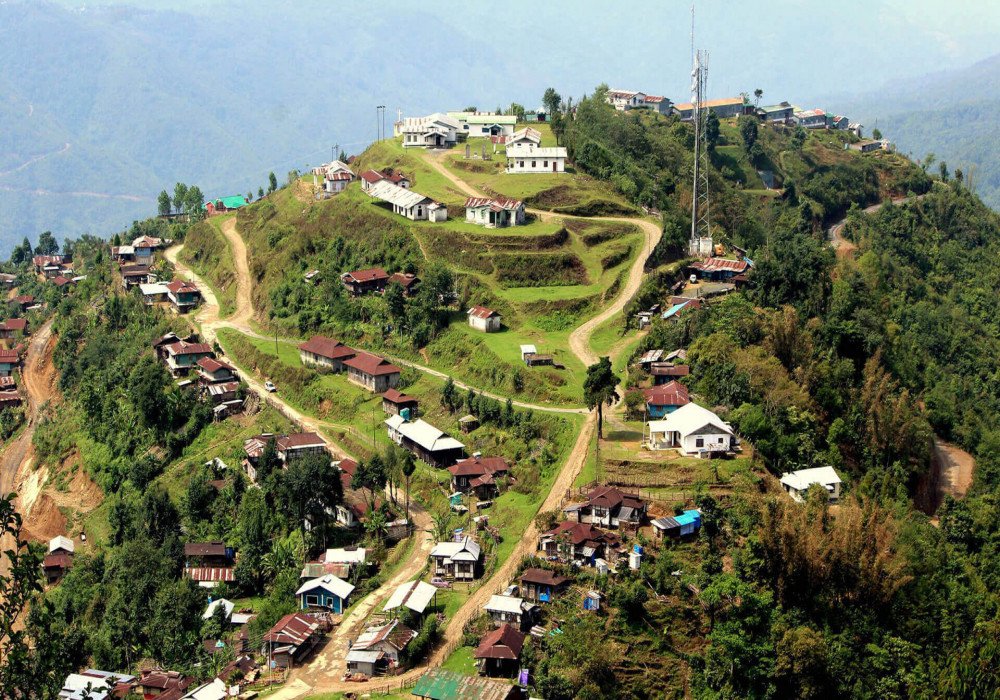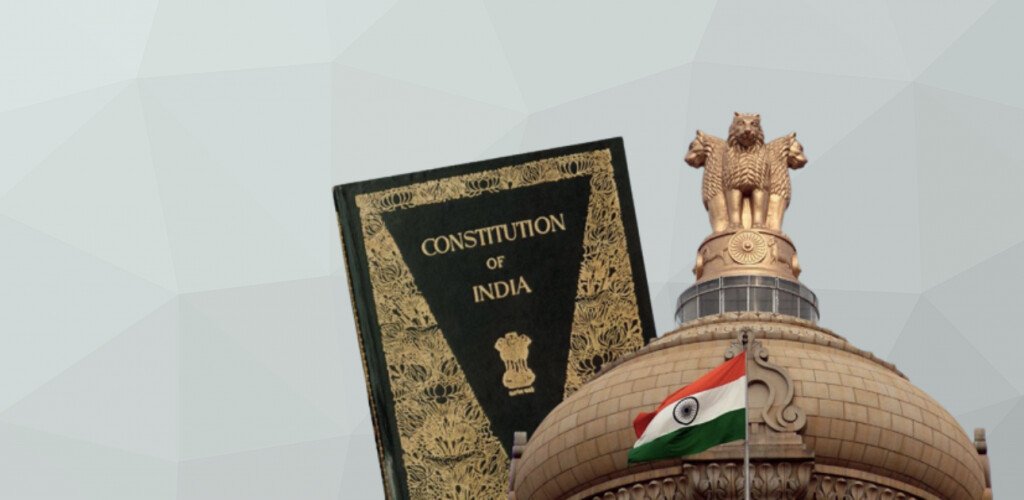By: Imsuenla Jamir
Access to healthcare services is essential for promoting the well-being and quality of life of individuals, particularly in remote areas of the Eastern region of the state of Nagaland where access to basic health services is often limited or nonexistent. In Fact Healthcare is one of the intrinsic fundamental rights of a citizen living in India.
In the case of Nagaland, a state nestled in the northeastern part of India renowned for its beautiful and rich culture, tradition, diverse tribal communities and lush landscapes lies a complex tapestry of healthcare characterized by both challenges and non-existent efforts to overcome these shortcomings. According to various sources, including a study on rural households and an article on health service delivery in developing countries, it is evident that equitable access to healthcare services in remote villages of Nagaland is still a major concern. Rural communities in Nagaland still struggle to get access to even a tiny/well-stocked pharmacy, which is in stark comparison to the urban areas like Kohima, Dimapur, Chumukedima etc which are developing at an increasing rate (for e.g. proposal of Nagaki Global City in Chumukedima), offering incredible healthcare infrastructure. Many villagers from remote regions of Eastern Nagaland are still unaware of their fundamental right of basic healthcare amenities and facilities, and they are forced to travel great distances to access the closest medical center if any. This deficiency in fundamental healthcare services results in numerous fatalities. Women wouldn’t have to suffer and die during childbirth if there were only better facilities in their remote areas. Tragically, the landscape of healthcare provision in Eastern Nagaland is characterized by stark inadequacy and insufficiency. Hence, proves gross failure of state governance.
Residents of the remote areas of Nagaland, when asked about the availability and usefulness of medical infrastructure/facilities and resources in their area, would express their desire for the government to fulfill its duties and provide minimum facilities (as guaranteed by the Constitution of India) required for human well-being. The already scarce clinics often lack adequate equipment or trained health personnel. Research conducted by one of the researchers I came across shows a particular case in Tuensang where the people themselves fear the hospital in their land, believing that people would often die if they visit such a ‘place’. Further inquiry reveals that it is not just a mere rumor, but the horrific reality of the lack of diligence and dedication towards healthcare facilities by neither the government nor the doctors/medical staff posted there.
Moreover, as per the report published by “Nagaland Tribune” dated 3rd August, 2023 there was no Doctor at CHC, Seyochung Town since October, 2022. Even Amahator Primary Health Centre and Sitimi PHC functioned (as per the report by Nagaland Tribue) without any Doctor while CHS Pungro functioning with the help of just one ad-hoc doctor and two nurses. Also, in a shocking revelation it was discovered that there was no PHC in Choklangan village in Noklak District to serve the medical needs of the population. Isn’t this all amount to the blatant, gross violation of constitutional guarantees of the people in the Eastern Nagaland? Most healthcare workers posted in remote areas of Eastern Nagaland are often found to be working in their own hometowns.
According to reports, in remote regions like Noklak, Shamator, Tuensang healthcare workers are hesitant to work for reasons best known to them and the people in the government. People of this area have to pay extra for a nurse to even agree to stay. In remotest regions like Chen circle of Mon District or Noklak district bordering Myanmar there are serious issues regarding universal access to healthcare. Most of the villagers have found to be dependent on the “Assam Rifles” Camps (COBs) for medical facilities.
This clearly shows the failure of the government machinery in the remotest regions of the state of Nagaland. It is found that the government gives very little focus to the overall development of these remote areas, let alone their healthcare facilities. People living in remote regions of Nagaland succumb every day to deadly diseases (for e.g. Scrub Typhus in Noklak), unaware and devoid of money, manpower, and infrastructure to reach basic healthcare facilities.
Some may argue that medical facilities are being pushed forward in many areas in recent years, but these arguments hold very little truth. People have to wait in long lines to even be able to get registered for their check-ups, after which they will have to wait for another hour for their doctor who visits his workplace once in two or three months to report to his official duties. Treatments and medications are also not handed out adequately. Patients often complain about the lack of diligence from the health center/hospitals which refuses to even arrange blood banks for their critical patients. This bleak depiction of the medical scenario is only a glimpse of the whole environment that people in Eastern Nagaland are exposed to.
Another barrier to healthcare access in remote villages of Eastern Nagaland is the financial constraints faced by the population. Without proper access to healthcare services, individuals living in remote villages are often unable to afford the cost of healthcare. This is particularly true in the absence of health insurance or other financial assistance programs. The lack of affordable healthcare options in remote villages further increases the burden on individuals, as they are forced to choose between seeking medical help (by traveling to big towns like Kohima, Dimapur or Guwahati or Shillong) and meeting their basic needs. However, it is important to note that improving access to healthcare services in remote villages of Eastern Nagaland is not only a matter of providing physical infrastructure and trained healthcare personnel, but also addressing the underlying social and economic factors that impede access to healthcare. One potential solution to improve access to healthcare services in remote villages of Eastern Nagaland is the implementation of a dedicated outreach program. These programs can bring healthcare services directly to the people in their villages, eliminating the need for them to travel long distances to access their basic healthcare. These outreach programs can include mobile healthcare clinics that visit remote villages on a strictly regular basis, providing preventative and primary healthcare services.
As has been observed that the access to healthcare services in remote villages of Eastern Nagaland is bound by many constraints, ranging from lack of transportation to lack of governmental funding and resources-both financial and medical. However, this situation doesn’t have to remain the same; the government of Nagaland needs to pay real attention to the needs of Eastern Nagaland. They need to see that healthcare facilities and sufficient dedicated as well as well-trained, highly motivated manpower is reaching to remotest regions like Chen circle in Mon, Villages like Wui, Choklangan in Noklak District and many other villages deep in the mountains where people suffer day and night, regular health check-ups and Administration of various vaccines/medicines, opening of health camps on war-footings, and development of medical infrastructure as well as regional infrastructure in toto will all contribute to the development of these areas, uplifting the people, their welfare and healthcare facilities to create a stronger future generation.
Needs of Eastern Nagaland are different. In all the districts of Eastern Nagaland people are trying to survive and live. Their concerns and needs are very basic which the state government failed to fulfill. They do not have the luxury to imagine five star facilities and modern amenities, but what they expect is to get everything that a civilized human being in India deserves to get from state machinery that is-dignified life and constitutional justice.
Nagaland is a diverse land, and each resident forms an important part of its democratic culture; hence, it is important that the Government looks after everyone’s all-round needs to ensure justice to all. If at all the government wants to do something good in the state of Nagaland, it should start from Eastern Nagaland, Kohima, Dimapur, Chumukedima have everything- in-fact they are overflowing with development, so, for a change, let us start our development and investment projects from Eastern Nagaland, let us build our Nagaland from the remote, forgotten mountains of the “East”. Let one who was thrown last be the First- THIS IS WHAT OUR “GOD” WANTS and “Constitution of India” mandates. (The author is a BA 4th Semester student, Dept of Political Science, Tetso College)







